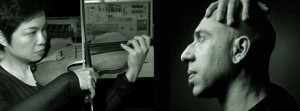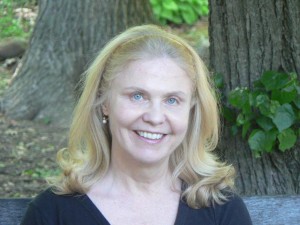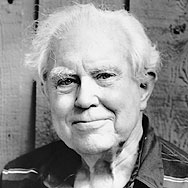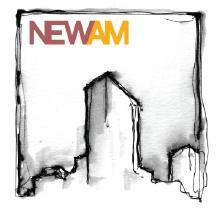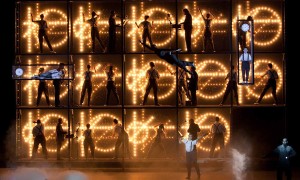
What becomes a legend most? Well, in the case of two legends–director/designer Robert Wilson and composer Philip Glass, an international tour of their first and most famous of their five collaborations, EINSTEIN ON THE BEACH (1975-76 ), which began in Ann Arbor, Michigan in January ’12, goes on to Amsterdam in Jan’ 13., and ends in Hong Kong in Mar’13. But there’s an irony. The piece “that broke all the rules of opera “– there’s no story, and certainly no star-crossed lovers, murder, or even betrayal — is an endeavor on a par with the scale, ambition, and wor force of 65, onstage and off , a standard repertory work, with–according to lighting supervisor John Torres–800 cues, with about 75 each for its Dance 1 and Dance 2. And its incarnation at BAM’s Howard Gilman Opera House, UC Berkeley’s Zellerbach Hall, and Mexico City’s Palacio De Bellas Artes was the product of 4-5 days of technical– each scenic element and the actors and dancers are lit separately–and cast rehearsals, with about a week’s lodging for all at each stop. But did EINSTEIN exceed or even live up to its reputation as a seminal work of 2oth century music theatre? Judged by what I saw in New York and Berkeley, it clearly did, and it also drove home the simple fact that seeing it with others in a darkened theatre is a far more complete experience than hearing it at home alone on even the best sound system, and I’ve listened to both its original 1979 Tomato LP recording and its 1993 Nonesuch CD set many times over the years. But let’s face it . Music is as confrontational as anything else. It’s like meeting someone online. They may e-mail in a certain tone of voice, and may come at you differently if you speak on the phone, but encounters face to face are a different thing. It’s no longer an invention, but something implausibly real.

